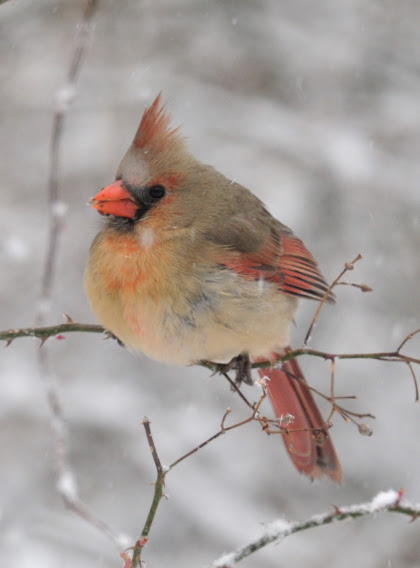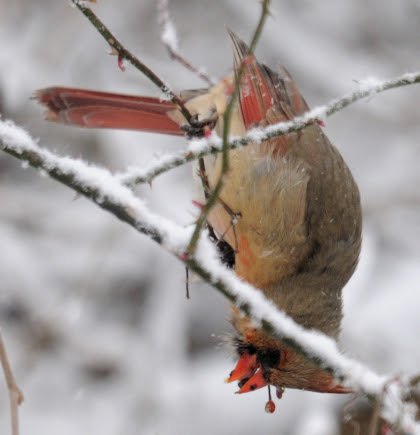Whispering Shadows Tell Their Mid-winter Secret
Article and photos by Joe Mish

The autumn light gradually dims, as it follows its well-worn path deeper into December. Like a long circular tunnel with a vanishing point, the swirling colors fade away until they disappear, engulfed by dark shadows on the threshold of winter.
From this darkness, caused by the celestial despair of the planets, new light instantly begins to grow while shadows hidden on the far side of light begin to withdraw.
The apparent low orbit of the sun across the sky in winter produces the longest shadows. Shadows, which when measured at the height of the day, over time reflect the ebb and flow of the seasons. It is as if the shadows whispered their secret to early sky gazers, bestowing upon them, the gift of predicting the future.
When the position of stars and planets were noted in association with the occurrence of the longest and shortest shadows, a living calendar was discovered. Sunrise and sunset defined a day, full moon a month and the longest shadow to the longest shadow was a year. The concept of time was now measurable and the occurrence of future events predictable; predictability being an innate need and prerequisite to human survival.
As the primitive calendar became more refined, certain times were marked for celebration. Surely, the longest and shortest days were noted and given special attention. Humans will bridge gaps in knowledge with mythology and paleo societies revolved around myths used to explain natural phenomena.
In the northern latitudes, winter was a critical time of survival. During midwinter the sun appeared to stand still. If you look at a perpetual calendar of sunrise and sunset, the change in day length is minimal during that period.
Many were the rites and ceremonies during that period of darkness. Some gave rise to modern celebration when religious holidays overlaid pagan rituals. Druids burned a yule log to encourage the return of light. Holly, which was evergreen, was given as a sign of life. The birth of light marked a new year, a time to plan and celebrate future success.
I take comfort in celebrating the shortest day and birth of light with a campfire, lighting a cattail and roasting a piece of venison on the glowing coals. This day is my paleo New Year celebration, identifying more with primitive ancestors than ethnic DNA. January first is of no consequence.
To hunt with a traditional bow and arrow and bring a deer to ground to share with the clan is the ultimate act of caring and community. It becomes a communion of spirit and flesh where the animal is assimilated, a sign of respect for its sacrifice. It also transcends time and allows me to share in the emotions felt by my ancestors who looked to the sky and listened to the whispering shadows for guidance and survival.
Welcome to winter and new life. Sophisticated calculation of planetary movements indicates that this year winter will arrive December twenty-first at 11:19 am. Like magic, the descent into darkness instantly gives way to the ascent into light.
If nothing else, give a glance up at the stars on the twenty-first. Know the wonder your ancestors felt when they looked to the heavens in awe, their imagination encouraged by the stars and planets moving across the night sky.

Author Joe Mish has been running wild in New Jersey since childhood when he found ways to escape his mother’s watchful eyes. He continues to trek the swamps, rivers and thickets seeking to share, with the residents and visitors, all of the state’s natural beauty hidden within full view. To read more of his writing and view more of his gorgeous photographs visit Winter Bear Rising, his wordpress blog. Joe’s series “Nature on the Raritan, Hidden in Plain View” runs monthly as part of the LRWP “Voices of the Watershed” series. Writing and photos used with permission from the author. Contact jjmish57@msn.com. See more articles and photos at winterbearrising.wordpress.com.
